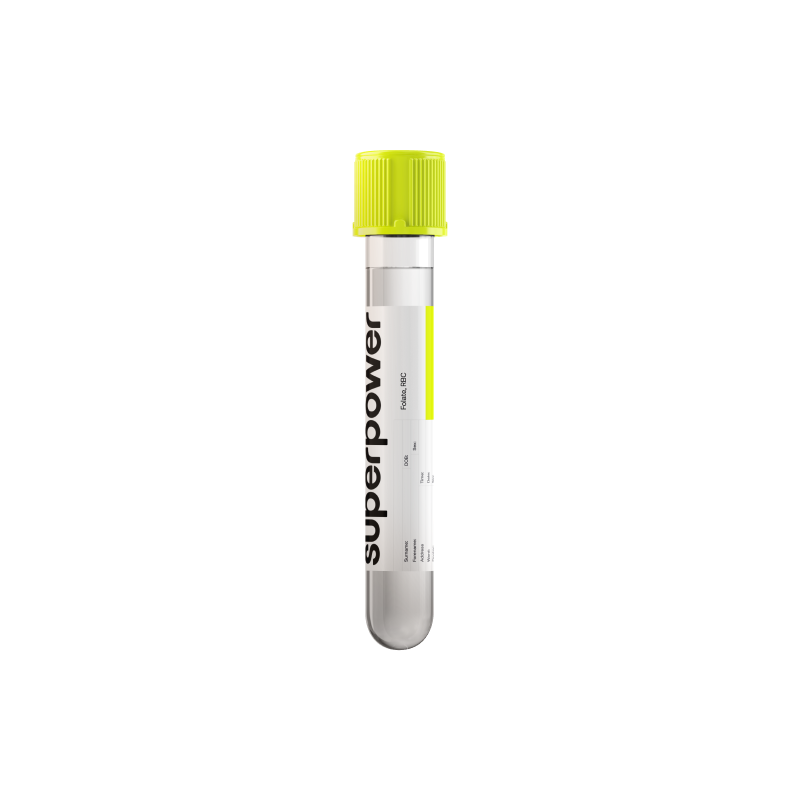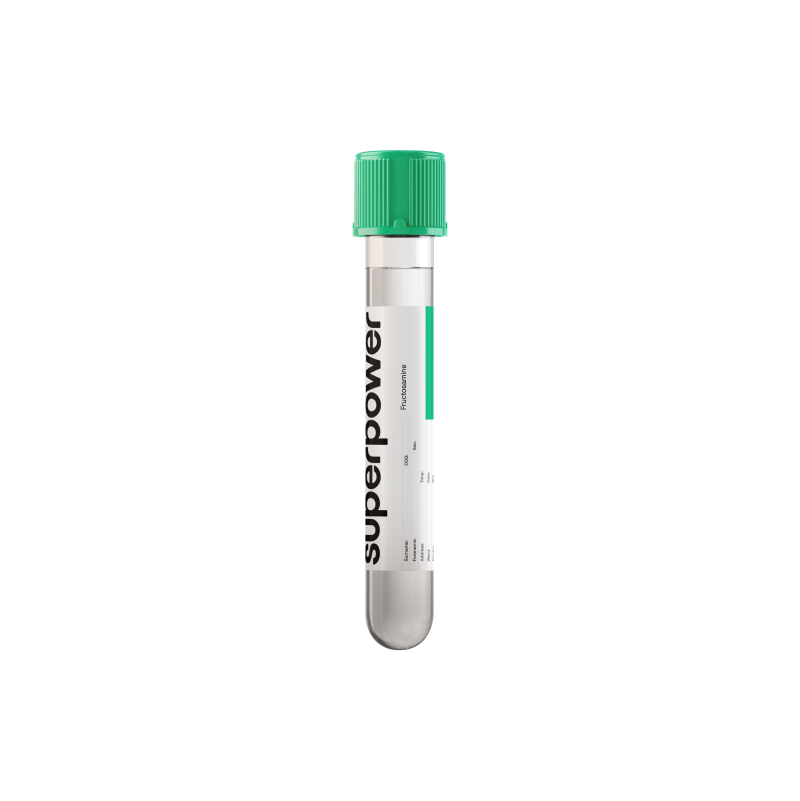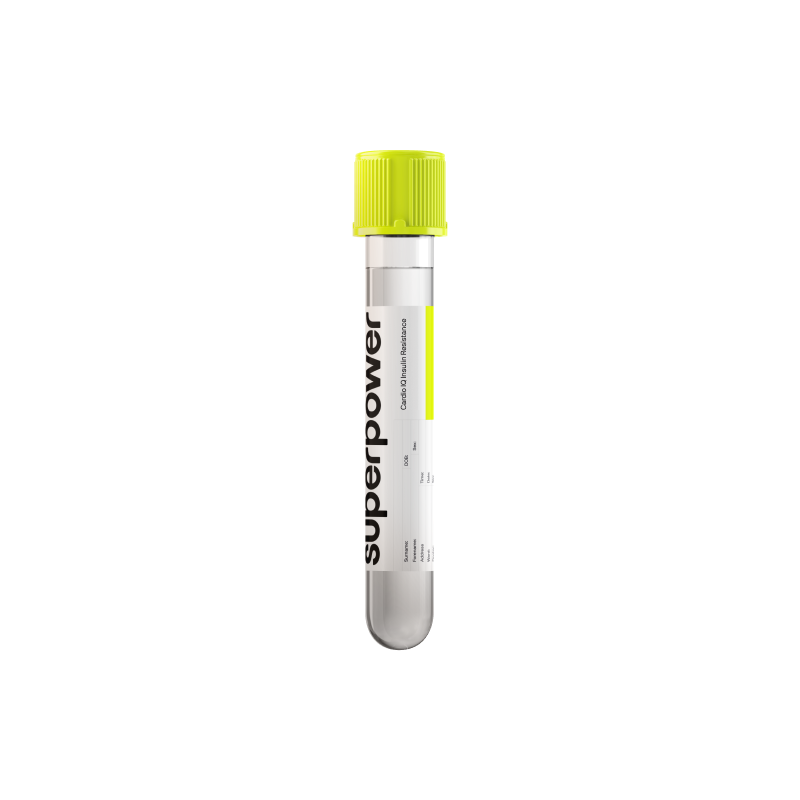Systemic Immune-Inflammation Index (SII) is a composite marker calculated from three routine blood count components: platelets, neutrophils, and lymphocytes. It is defined as platelets × neutrophils ÷ lymphocytes. Neutrophils and platelets reflect innate immune activation and thrombo-inflammatory drive. Lymphocytes reflect adaptive immune competence and regulatory balance.
Together, SII captures the interplay between inflammatory activation and immune regulation in a way a single marker cannot.
Key Benefits
- Gauge your body’s overall inflammation and immune balance in one number.
- Spot elevated inflammatory load that can stress your heart, vessels, and metabolism.
- Clarify unexplained fatigue, pain, or fevers by revealing systemic immune activation.
- Guide urgency and follow-up for infections or autoimmune flares when values rise significantly.
- Support cancer risk stratification and prognosis when used within oncology care plans.
- Flag higher cardiovascular risk when persistently elevated alongside CRP and lipids.
- Track recovery or worsening by trending SII with repeat complete blood counts.
- Interpret results with CBC differential, CRP, and clinical context over time.
What is Systemic Immune-Inflammation Index (SII)?
The Systemic Immune-Inflammation Index (SII) is a composite number derived from a routine complete blood count. It combines three circulating cell counts—neutrophils, lymphocytes, and platelets—to capture how the immune and inflammatory arms of the blood are configured at a given moment. Neutrophils are first-responder white cells (innate immune granulocytes), lymphocytes are the adaptive defenders that coordinate and remember responses (T and B cells), and platelets are clot-forming cells that also amplify inflammation (thrombocytes). SII therefore comes from the native traffic of these cells in peripheral blood, not from a specialized test.
SII reflects the balance between inflammatory drive and immune surveillance. By integrating neutrophil and platelet activity with lymphocyte presence, it summarizes the body’s systemic inflammatory tone and immune readiness in a single snapshot. In practical terms, it indicates how vigorously the body is mounting broad, nonspecific defenses (innate immune pathways) relative to the capacity for targeted, regulated responses (adaptive immunity). Because it distills three biologically linked signals into one, SII serves as a concise index of whole-body immune–inflammatory status.
Why is Systemic Immune-Inflammation Index (SII) important?
The Systemic Immune-Inflammation Index (SII) distills three routine blood counts—neutrophils, platelets, and lymphocytes—into a single signal of how activated your innate immune system is relative to your adaptive defenses. It captures both inflammatory drive and clotting readiness, which is why it relates to risks that span organs: infection control, wound healing, cardiovascular events, cancer behavior, and recovery from illness or surgery. There is no universal reference range; in healthy adults SII tends to cluster in a low-to-middle band, with persistently higher values generally reflecting greater systemic inflammatory burden.
When SII is on the lower side, it can simply reflect a calm inflammatory tone with balanced counts. If it is low because neutrophils or platelets are reduced—or lymphocytes are proportionally high—it may signal bone marrow suppression, certain autoimmune conditions, or a viral-predominant immune pattern. People might notice more bruising or frequent bacterial infections when platelets or neutrophils are truly low. Children often have relatively more lymphocytes, so a lower SII can be physiologic. Autoimmune cytopenias are more common in women.
When SII runs high, it points to neutrophil–platelet activation with relative lymphopenia—the classic stress-inflammation pattern. This appears in acute infections, flares, trauma, and after surgery, and when persistent is linked to atherosclerosis, diabetes complications, and poorer outcomes in several cancers. Symptoms can include fever, fatigue, pain, and in severe states, higher clotting tendency. Pregnancy naturally raises neutrophils; SII may rise and higher levels have been associated with obstetric complications.
Big picture: SII ties immunity to thrombosis biology. Tracked with CRP, ESR, NLR, and clinical context, it helps translate a simple blood count into insight about inflammatory load, resilience, and long-term cardiometabolic and oncologic risk.
What Insights Will I Get?
The Systemic Immune-Inflammation Index (SII) integrates three routine blood counts—neutrophils, platelets, and lymphocytes—into one score of inflammatory and immune balance. It reflects how strongly the innate immune system and platelet-driven clotting are activated relative to adaptive immune capacity. Because this balance underpins energy production, glucose regulation, vascular tone, tissue repair, and resilience to infection, SII offers a systems view of cardiometabolic and immune stress.
Low values usually reflect fewer neutrophils and/or platelets or relatively more lymphocytes. This can signal low inflammatory tone, but may also occur with bone marrow suppression, certain viral illnesses, autoimmune cytopenias, or medication effects. System-level effects can include reduced first-line defense against bacteria and, if platelets are low, a tendency to bruise. In pregnancy, a low SII is less typical and may suggest cytopenias.
Being in range suggests a stable equilibrium between innate activation and adaptive surveillance, with well-regulated endothelial function and hemostasis. In healthy adults, optimal generally sits toward the lower end of normal, indicating low inflammatory tone without low cell counts.
High values usually reflect neutrophilia and platelet activation with relative lymphopenia—the classic stress-inflammation pattern. This indicates heightened sympathetic–adrenal signaling, endothelial activation, and a prothrombotic, insulin-resistant milieu, and is associated with higher cardiometabolic and illness-related risks. Values tend to run higher with acute infections, chronic inflammatory states, aging, and in men; pregnancy commonly increases SII due to physiological neutrophilia.
Notes: Interpret SII alongside the complete blood count and clinical context. Acute illness, surgery, trauma, smoking, strenuous exercise, and glucocorticoids raise SII (neutrophilia/lymphopenia). Chemotherapy, immunosuppressants, and some infections lower counts. Reference ranges vary by lab, age, and pregnancy.

.png)

.svg)



.png)
.png)
.png)
.png)








